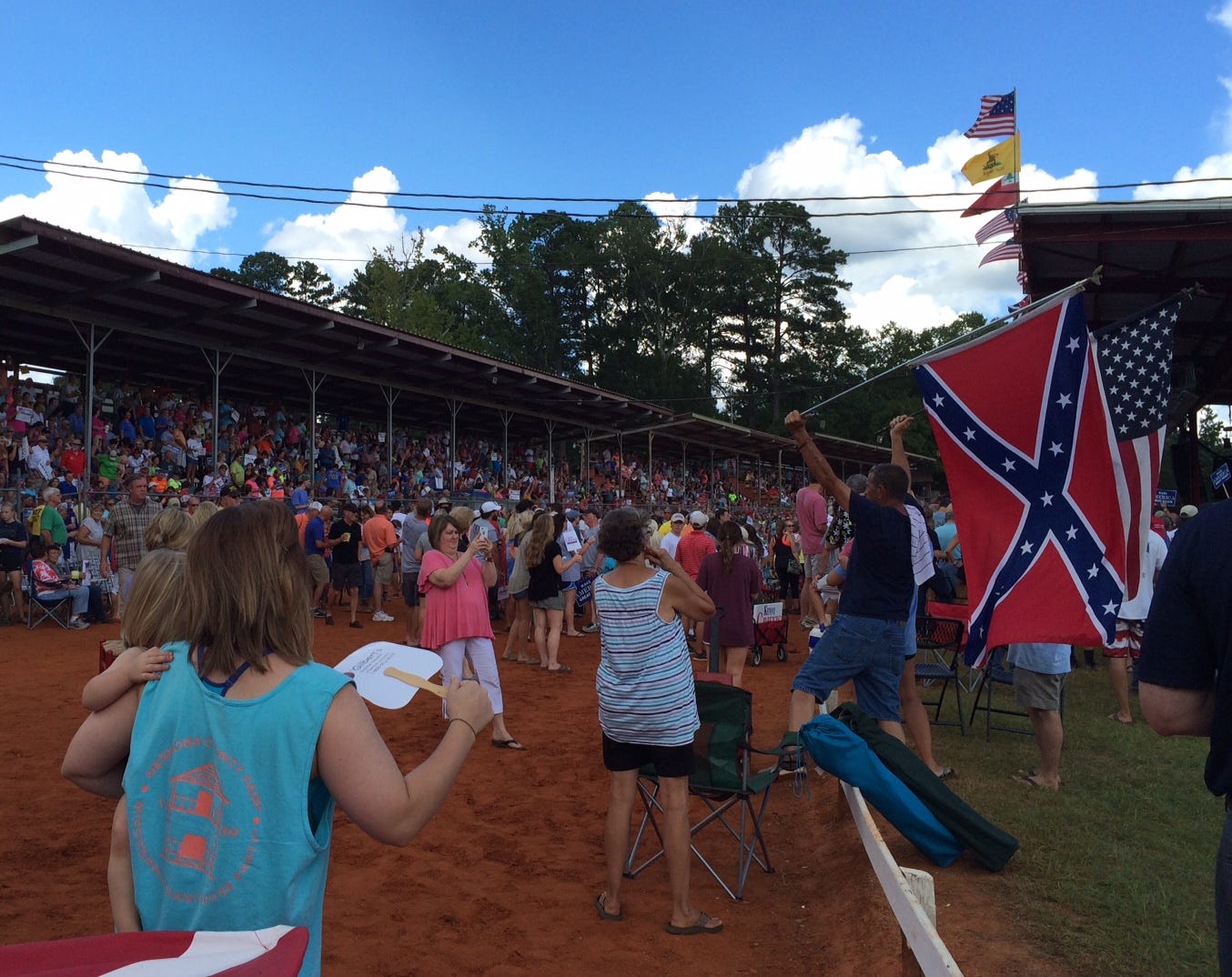Old times here are not forgotten, but the times, they are a-changin'
What does Mississippi’s storied Neshoba County Fair mean to the Delta voter? The Desoto County voter? The Gulf Coast voter? Due to its situation in the red clay hills closer to the Alabama state line, it may be hard for other Mississippians to understand exactly how and why, from a practical standpoint, it is the center of the state’s summer politics.
The Neshoba County Fair has been a real campground fair since 1889 and is steeped in political and cultural history, particularly for residents of East Mississippi and expats who return for the annual weeklong gathering to visit with old friends and family members.
Yet the fair’s impact extends far beyond its hyperlocal bounds. Since 1900, it has played an important role in what we now understand to be conservative Mississippi politics. Almost every governor since Anselm McLaurin (1896-1900) has addressed a crowd at the fair, alongside countless candidates for state and local office. When only white Mississippians had the right to vote, this made a lot of sense. The fair is in late July, right before the traditional August primaries, in which races were won and lost in a one-party system.
In modern times, this dynamic is not forgotten. Candidates from all parties are offered the opportunity to speak and are pleasantly received, true to our southern sensibilities, and there is a fairgrounds neighborhood dominated by Democrat cabin owners known as Happy Hollow, but the GOP clearly dominates Mississippi’s Giant House Party, as it was dubbed when presidential candidate Ronald Reagan spoke there in 1980. This is a place where conservative politicians are applauded, GOP policy celebrations are held, and old school grassroots organizing mixes in with horse races, competitions, singalongs and concerts.
Last year, Gov. Tate Reeves posed a question about the fair’s enduring allure, then provided an answer: “Why do we gather under this pavilion every year? We do it for a reason, we do it to set a marker, we do it to set priorities and to make promises. We do it so we the people can hold our politicians accountable for those promises. What starts as a promise at the Neshoba County Fair can and will become the policies of tomorrow.”
Reagan used his platform at the fair to assail Democrats and extol the values of “states’ rights.” Reeves traced his own record of fair speeches to policy outcomes such as teacher pay raises and income tax elimination, and claimed that a 2014 promise to “defend the unborn” laid the groundwork for “the biggest win for the conservative movement in my lifetime, the overturning of Roe v. Wade… because of a dream that started in Neshoba County.” In truth, those outcomes were far more layered than Reeves’ pavilion speech suggested, but clarity wasn’t the goal. The aim was to excite his base with streamlined conservative messaging.
Aside from the vernacular architecture and old-timey front porch gatherings, an outsider is unlikely to feel much particular magic about the fair, yet it illustrates an undeniable truth: While most of our connections today happen online, place and space still matter. That sense of place just tends to be more complex today. Though some may long for a Mississippi of old, most of us can confidently agree that it no longer exists. The electorate is changing every year and general elections are becoming more and more competitive.
Mississippians who vote against conservatives do so for myriad reasons, varying by race and region. For those of us of a progressive bent, it’s important to center inclusive values and voices in the quest for a more equitable Mississippi. It takes a long time for traditions to take root and prove themselves valuable. For the Mississippi to come, Reeves was right about one thing: We should all spend some time together “to set a marker, set priorities and make promises.”
Image: Crowds gather at the fair’s racetrack to hear Donald Trump Jr. speak in 2016 (Alan Huffman)




